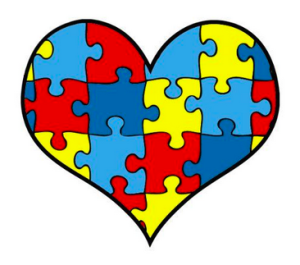It might look like ASD, but is it?
Unfortunately, there are several misconceptions about autism spectrum differences. For many years, individuals with ASD have been diagnosed with other things such as Attention Deficit Hyperactive Disorder (ADHD), Obsessive-Compulsive Disorder (OCD), Oppositional Defiant Disorder (ODD), Nonverbal Learning Disabilities (NVLD), anxiety, mood disorders, etc. While individuals with ASD may have co-morbid diagnoses, there are many distinct differences.
Learn the differences
For example, individuals with autism spectrum differences have areas of high interest, whereas individuals with other diagnoses have a more typical range of interests. Additionally, individuals with autism typically hyperfocus on particular areas of interest and details, whereas individuals with ADHD tend to miss details in areas where they do not have interest. Moreover, routines are calming for people with autism, and they often adhere to routines inflexibly, while routines tend to bore and can annoy people with ADHD. Further, other diagnoses are not associated with significant differences between verbal and visual processing, whereas ASD is associated with significant performance differences, with those affected often having high visual spatial capabilities. This is not a comprehensive list of differences, as that is beyond the scope of this article. However, these differences illustrate an important point, which is that testing is imperative in determining the root cause of overlapping symptoms.
The correct diagnosis is crucial
Having a correct diagnosis is essential, as it often leads to differences in treatment planning. For example, a child that may lack social skills and interactions due to inattention and impulsivity stemming from ADHD, may require different treatment and accommodations, than a child who struggles with social communication due to autism spectrum differences. Similarly, an adult who engages in ritualized behaviors due to OCD may require different treatment compared to an adult who engages in ritualized behaviors due to ASD. Again, routines and ritualized behaviors are often calming for people with ASD, whereas, ritualized behaviors stemming from OCD are often done due to intrusive thoughts that if they don’t engage in the particular behavior, something bad will happen.
Talk to a professional
Overall, since ASD has many overlapping symptoms with other disabilities, it is a diagnosis that cannot be “eyeballed.” Accurate diagnoses and appropriate intervention services promote positive outcomes. An ASD screening evaluation can help provide diagnostic clarity which leads to the correct interventions for your individual needs. These findings are often relied upon by other clinicians, doctors, and schools and can provide a basis for treatment and accommodations, and can provide peace of mind, which is priceless!
If you would like additional information on ASD screenings or comprehensive ASD evaluation, please contact Molly Stackhouse at mstackhouse@waypointwellnesscenter.com.




